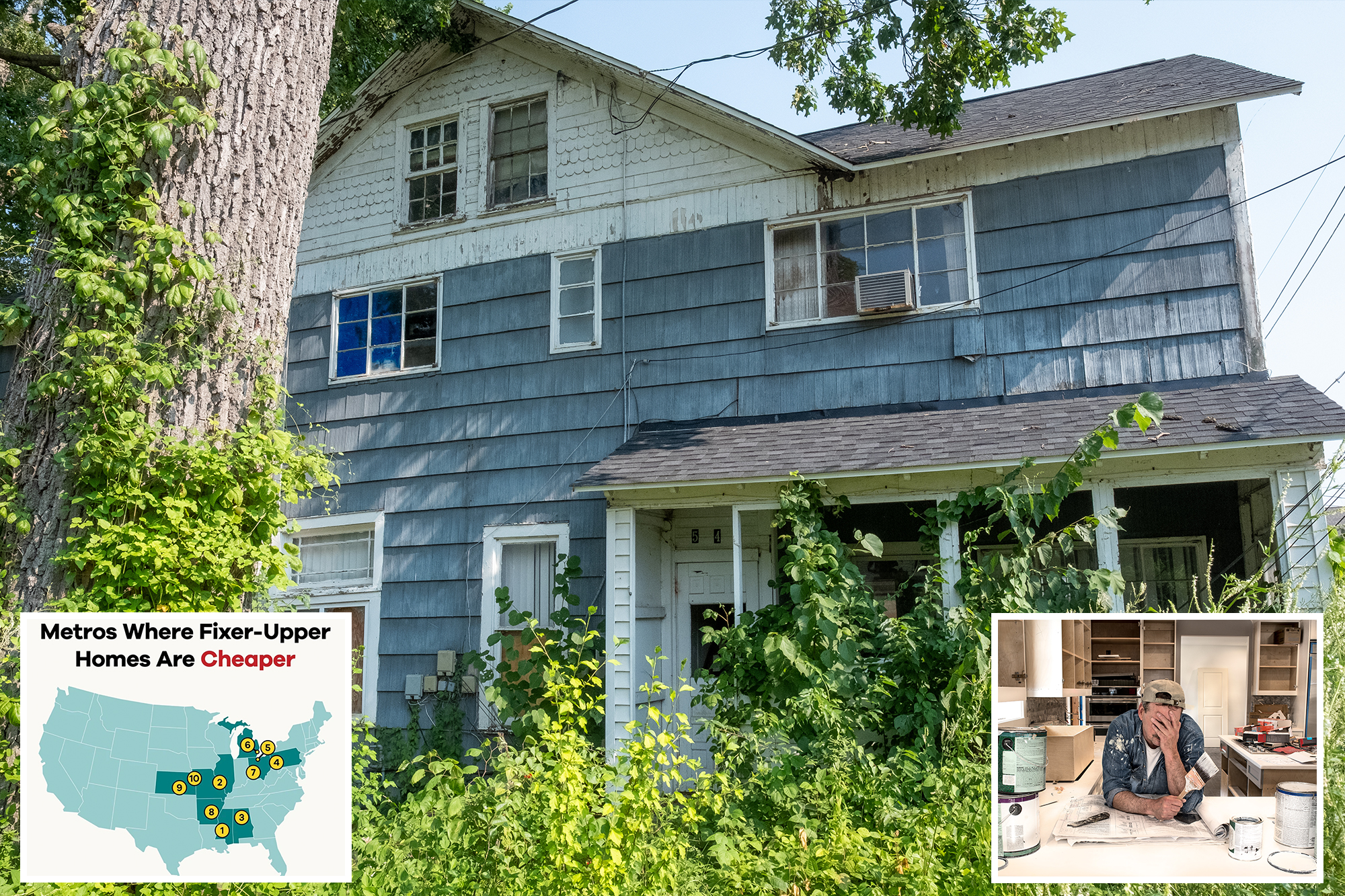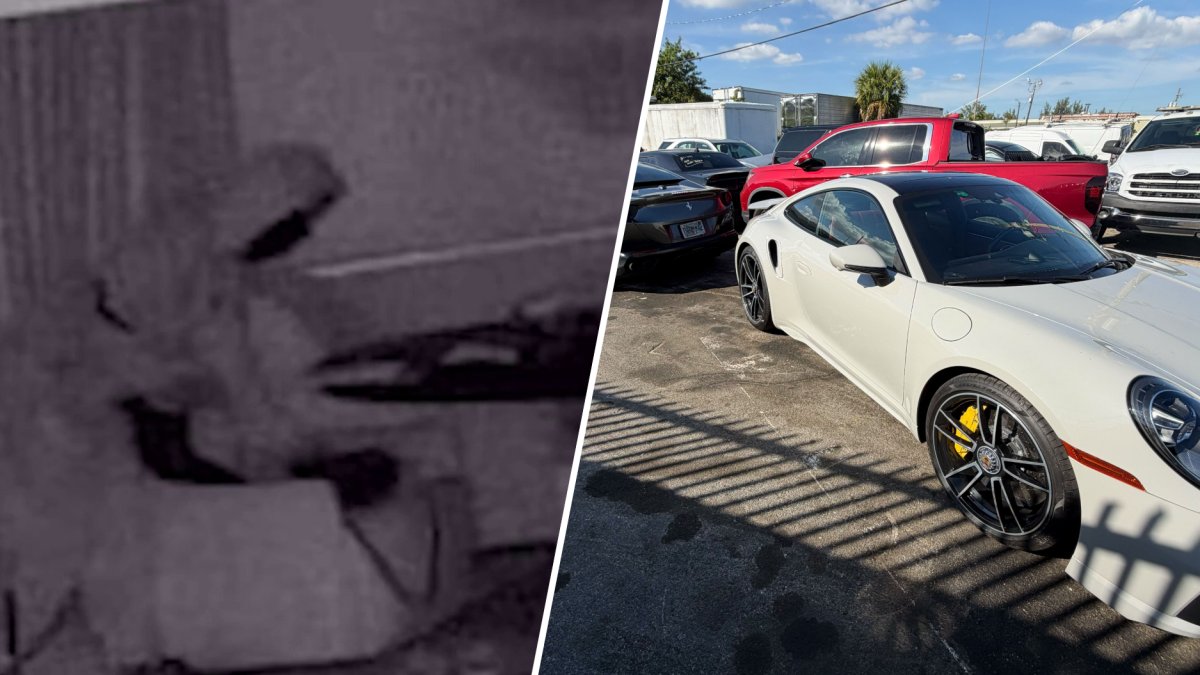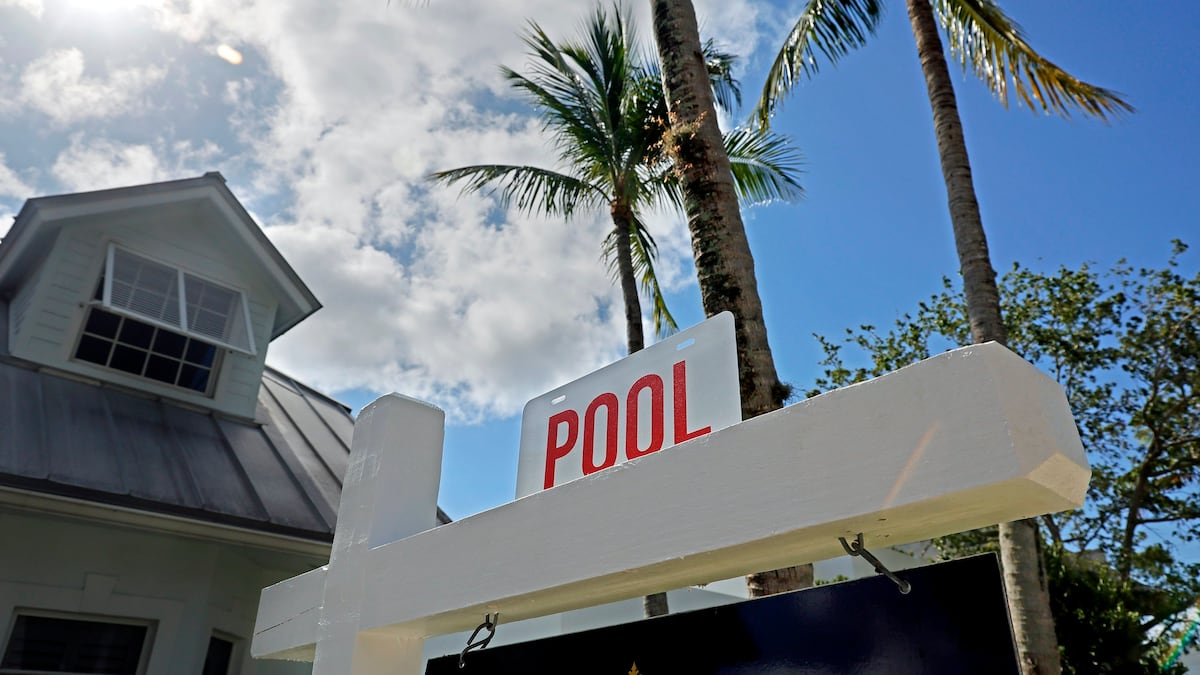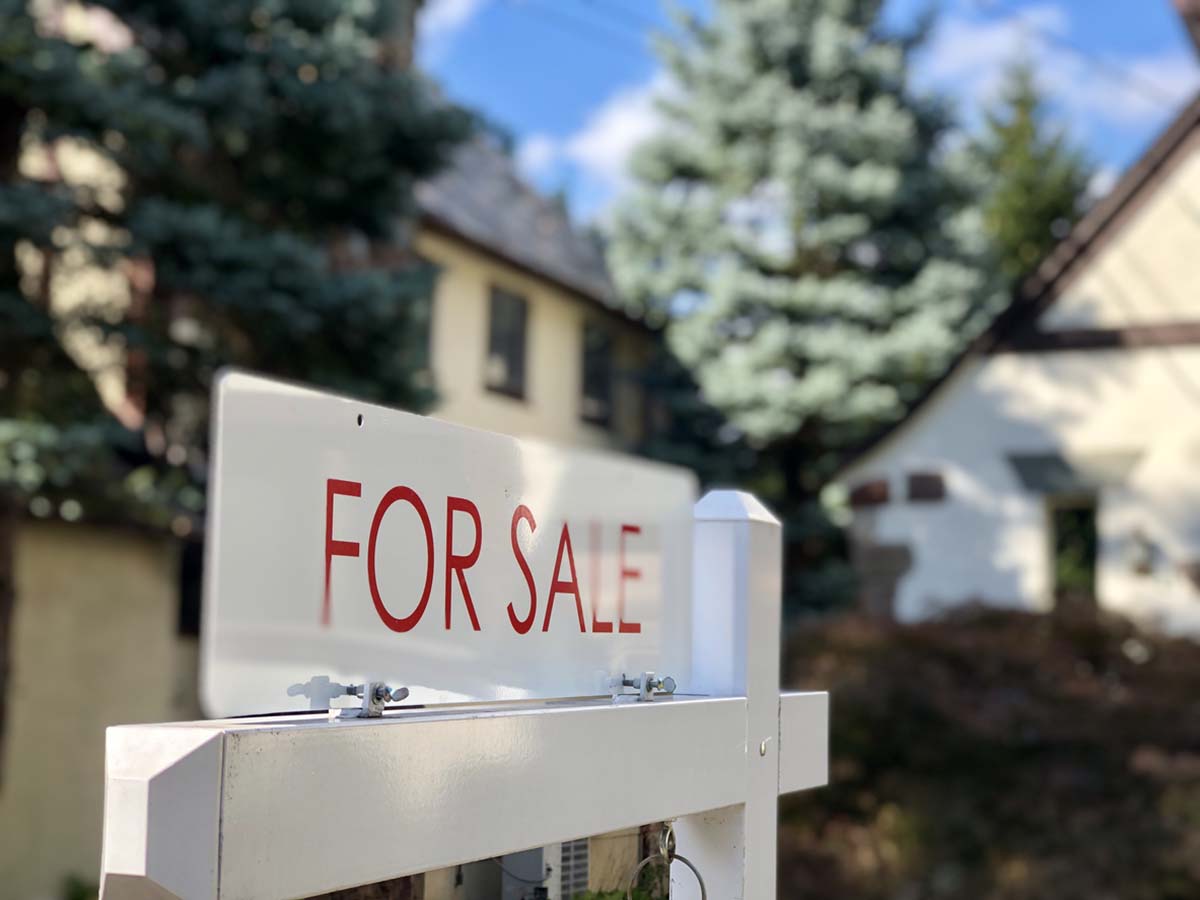B
uying a fixer‑upper can be a smart way to enter the market when cash is tight. Recent Realtor.com data from July 2025 shows that homes needing renovation can be purchased for 56 % to 78 % less than comparable properties in the same ZIP code. The study defined a fixer‑upper as a single‑family house at least 20 years old with a price per square foot below the ZIP‑code median, and used AI to flag listings described as “good bones,” “needs some love,” or “renovation‑ready.”
The average fixer‑upper in July sold for $200,000, more than half the national median of $436,250 for all single‑family homes. Typical examples are 1,628 sq ft, three bedrooms, two baths, built around 1958. Buyers who roll up their sleeves can transform these properties into dream homes or flip them for profit, according to senior economist Joel Berner.
### Top markets for deep discounts
Jackson, Mississippi tops the list with a 77.7 % price cut: a $299,000 median home versus a $66,750 fixer‑upper. St. Louis, Missouri follows with a 68.3 % discount—$315,000 median versus $99,900 for a renovation‑ready property. Other cities with over 67 % savings include Birmingham, Alabama; Pittsburgh, Pennsylvania; Toledo, Ohio; Detroit, Michigan; and Dayton, Ohio. Wichita, Kansas, Kansas City, Missouri, and Little Rock, Arkansas also offer steep discounts, ranging from 56 % to 59.7 %.
The pattern is clear: the biggest price reductions appear in the Midwest and South, where median single‑family prices are already below the national average. Berner notes that the discount is more fixed than a percentage of home value, reflecting supply constraints and high demand in these regions.
### Fixer‑upper supply and demand
In July, the U.S. market listed just over 79,000 fixer‑uppers, about 5 % of all single‑family homes—down from 6 % four years ago. The share of renovation‑ready listings is uneven across the country. The Midwest and Northeast host the highest concentrations, while the South and West have fewer. Syracuse, New York, leads with 11.5 % of its for‑sale inventory classified as fixer‑uppers.
Berner calls the “Fixer‑Upper Five”—Toledo, Jackson, St. Louis, Detroit, and Dayton—prime opportunities for buyers seeking both ample renovation projects and strong resale potential. These markets combine tight housing supply, high demand, and a stock of older, inexpensive homes that are ideal for refurbishment.
### Practical advice for buyers
Not all fixer‑uppers are created equal. Philipson, a Compass adviser, recommends focusing on properties with cosmetic or moderate issues rather than major structural problems. Look for outdated finishes, aging plumbing or electrical systems, or roofs that are old but not failing. Such homes offer good leverage for buyers who can manage moderate upgrades without breaking the bank.
In summary, a fixer‑upper can be a gateway to homeownership for those willing to invest time and effort. With discounts of 56 % to 78 % in key metros, and a growing pool of older homes in need of TLC, buyers who understand the market dynamics and set realistic budgets can turn a bargain into a profitable investment or a personalized dream home.













